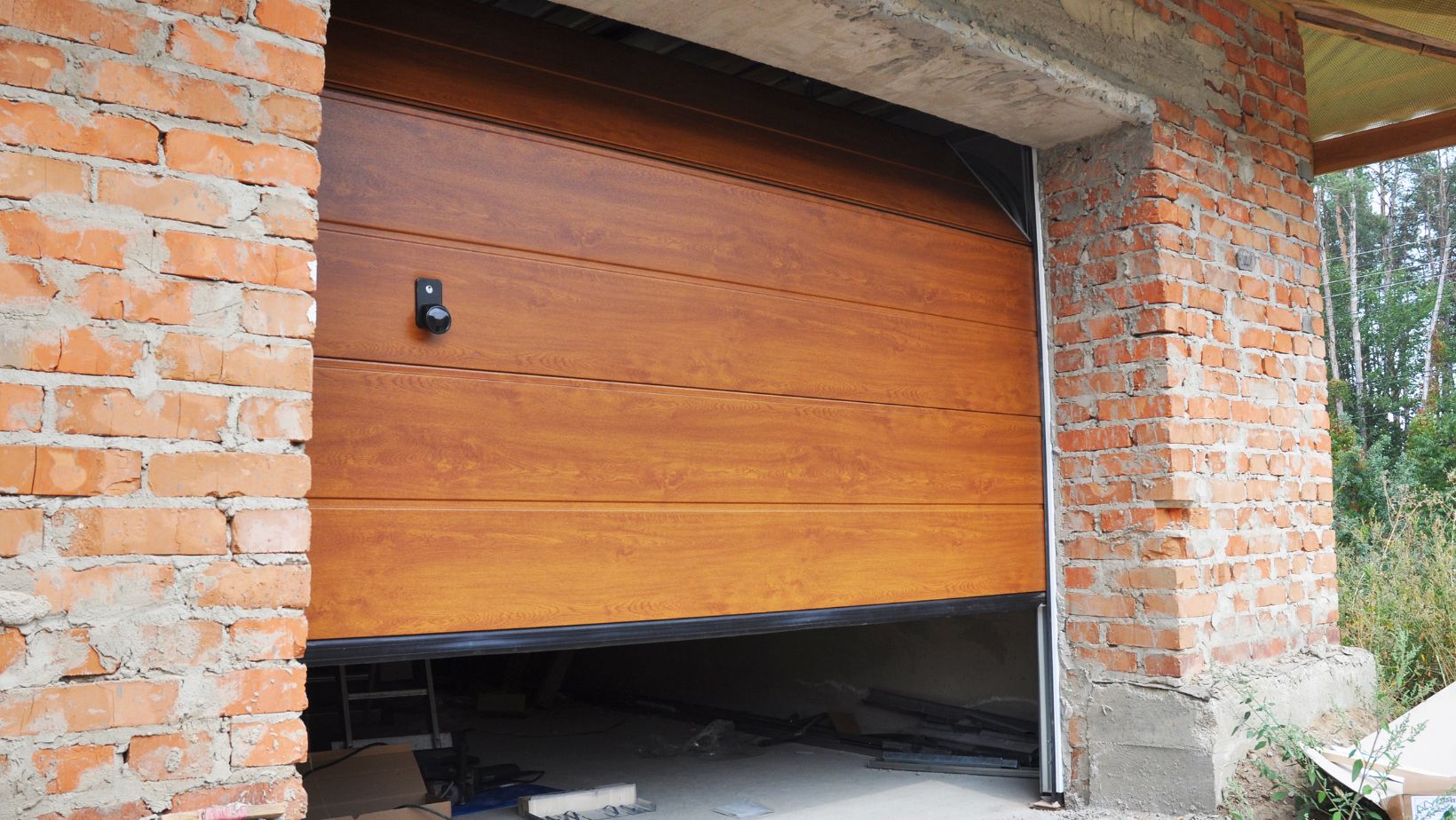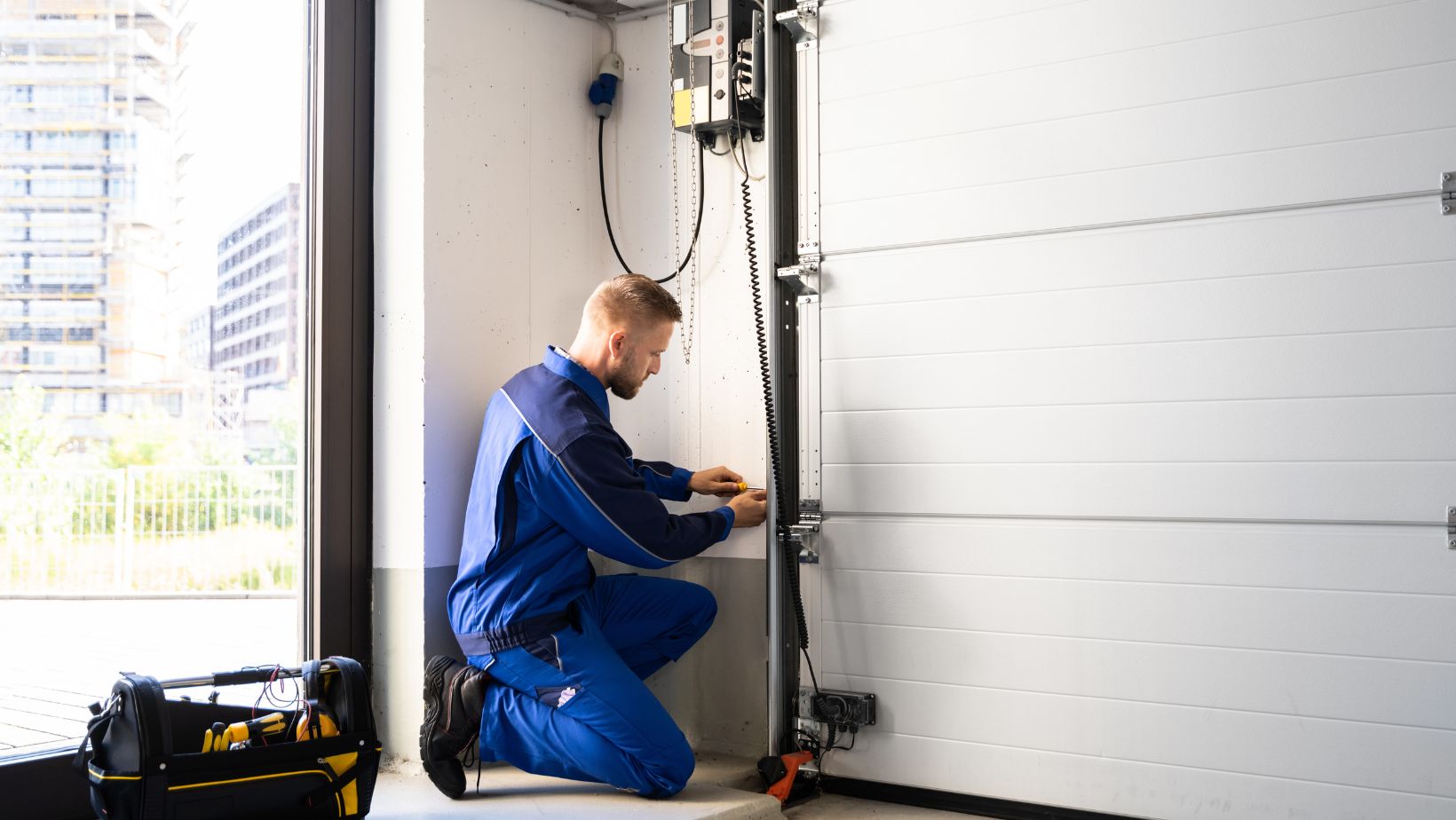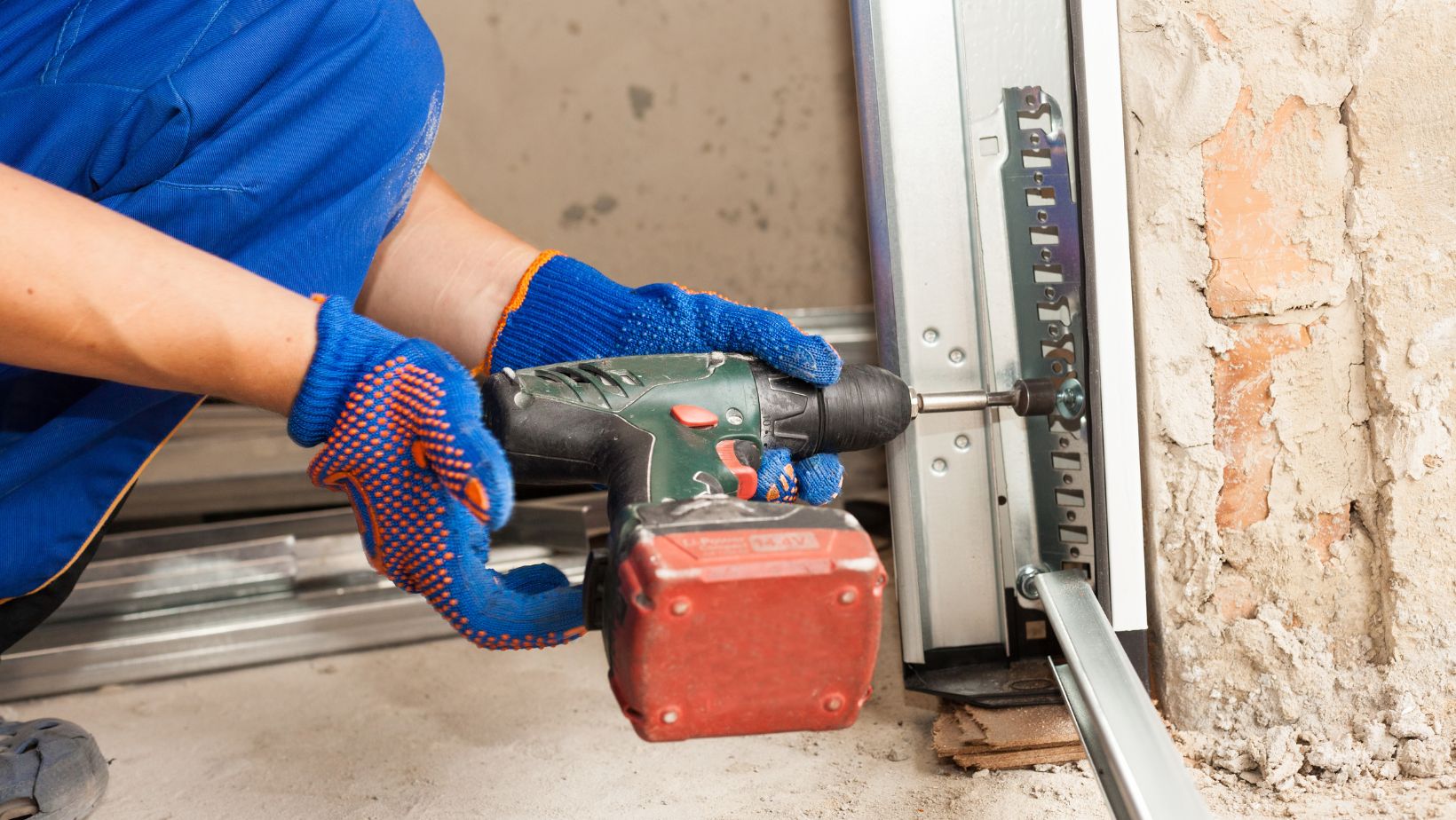
A garage door is one of the hardest-working components of a home, opening and closing several times a day to accommodate everything from daily commutes to household projects. Despite their durability, garage doors are not immune to wear and tear. Over time, they can develop problems that affect their performance, safety, and convenience. Whether it’s a noisy operation, a door that won’t close properly, or an opener that suddenly stops responding, these issues can disrupt your routine and potentially compromise home security. We will explore the most frequent garage door problems homeowners face and how trained technicians typically approach these repairs.
Most Frequent Garage Door Problems
Noisy Operation and Grinding Sounds
One of the earliest and most noticeable signs of a garage door issue is the emergence of strange noises during operation. Many homeowners report grinding, squeaking, or rattling sounds that were not present before. These sounds are often the result of components like rollers, hinges, or tracks wearing down or becoming misaligned. These minor annoyances can escalate into more severe mechanical issues if left unchecked. When a garage door technician arrives to resolve a noisy operation, their first step is usually to inspect all moving parts for signs of wear. Worn-out metal rollers may be replaced with nylon versions to reduce friction and noise. Hinges might be lubricated or tightened, and tracks are often cleaned and realigned if slightly bent or clogged with debris. The technician will also check the tension of the springs and the health of the opener chain or belt since these can contribute to operational noise if they are loose or damaged. Addressing the issue promptly can extend the system’s life and restore smooth, quiet functionality.
Garage Door Won’t Open or Close Completely
Another common problem is when the garage door doesn’t open or close. This can occur for several reasons, ranging from a misaligned photo-eye sensor to tracks, springs, or remote control issues. When the problem is related to the sensors, it typically involves a misalignment or blockage that prevents the door from completing its cycle. Garage door sensors are designed as a safety measure to detect obstacles and stop the door from closing on them. Even a tiny obstruction, like dust or a spider web, can interfere with the signal. A technician will begin by cleaning the sensors and ensuring they are correctly aligned. If that doesn’t resolve the problem, they will move on to inspect the tracks for dents or damage and check the springs for signs of breakage or uneven tension. In some cases, the limit settings on the opener may need to be recalibrated to ensure the door fully opens and closes. Diagnosing the root of the problem allows for a focused and efficient repair that restores full functionality to the garage door.
Broken Springs and Cable Failures
Springs and cables are essential to the safe and balanced operation of a garage door, but they are also some of the most failure-prone components due to the intense pressure they endure with each use. A sudden snap or loud bang from the garage often signals a broken spring. When a spring breaks, the door becomes difficult—or impossible—to lift because the counterbalance system is compromised. Similarly, if a cable frays or snaps, the door may become lopsided, jammed, or unsafe. When professionals handle these issues, they first disconnect the opener and manually assess the door’s movement.

Replacing a broken torsion or extension spring requires precision and the right tools, as these components are tightly wound and under a lot of tension. The same caution is applied when installing new cables, which must be appropriately looped and secured to prevent uneven lifting or further damage. Because both springs and cables are critical to the door’s structural integrity, technicians ensure all parts are correctly aligned and balanced before completing the repair and reconnecting the opener.
Garage Door Opener Malfunctions
In some cases, the garage door itself may be functioning correctly, but the opener—the motorized unit that drives the door’s movement—malfunctions. This can manifest in several ways, such as the door failing to respond to remote controls, operating intermittently, or making humming noises without moving. The issue could be electrical wiring problems, worn gears, or signal interference between the remote and the opener. When a technician investigates an opener problem, they usually check the power source and ensure the unit receives adequate electricity. If the motor is humming but not turning, it may indicate that the internal gears are stripped or jammed. If remotes or keypads are unresponsive, the batteries might need replacing, or the signal range might be compromised. Technicians may also inspect the opener’s circuit board and safety reversal system, as problems in these areas can affect how the door responds to commands. Depending on the diagnosis, repairs might involve replacing small components or, in some cases, installing a new opener if the current one is outdated or irreparable. Experienced technicians can quickly diagnose and resolve opener issues with our garage services, ensuring your garage door operates safely and reliably.
Slow or Jerky Movement of the Garage Door
When a garage door begins to move more slowly than usual or operates with jerky, uneven motion, it may indicate that multiple parts are starting to wear out or fall out of alignment. This issue can stem from several sources, including worn rollers, dry or dirty tracks, and weakened springs. A slow-moving garage door may also stress the opener more, potentially shortening its lifespan. In diagnosing this issue, a garage door technician will usually inspect each moving part of the system to identify where the resistance or imbalance occurs. Lubricating metal components, cleaning and straightening the tracks, and replacing any rusted or cracked rollers are all potential steps in the repair process. The springs and cables may also need to be re-tensioned or replaced if they no longer support the door evenly. By addressing the components contributing to the uneven motion, the technician ensures that the door regains a smooth and efficient operation, reducing long-term wear on the entire system.
Garage doors are complex systems that rely on many parts working harmoniously. When something goes wrong, it’s often a result of accumulated wear or minor issues that have become more significant problems. From noisy operations and opener malfunctions to broken springs and structural wear, these problems can be frustrating and even dangerous if not resolved quickly.

Fortunately, trained garage door technicians have the tools and knowledge to identify and fix these problems efficiently. By responding to issues early and calling in help when things seem off, homeowners can avoid more serious damage and enjoy the smooth, secure operation of their garage doors for years to come. Regular maintenance and timely repairs are key to ensuring a reliable entryway to your home.